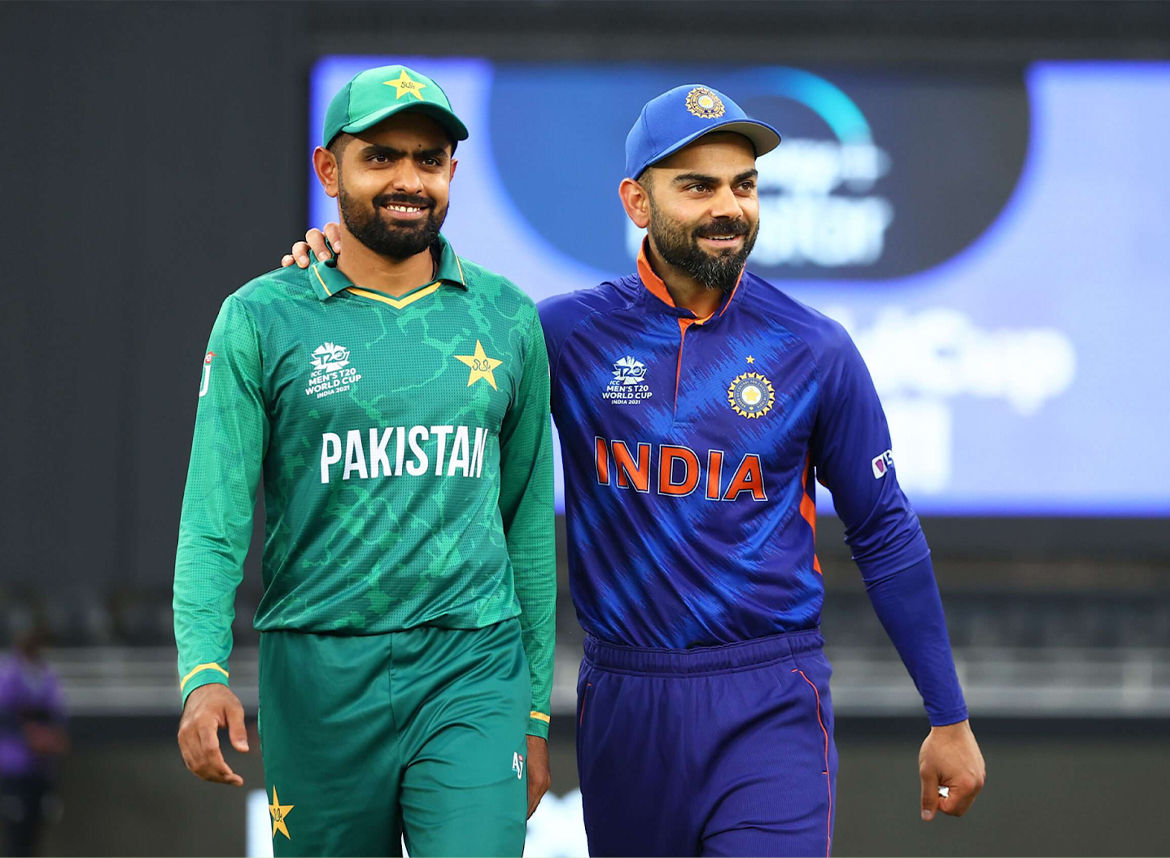Source
Cricket between India and Pakistan is more than just a game; it’s a stage for a compelling, emotional, and unique form of diplomacy. Every time these two countries clash on the cricket field, it’s as though the stakes are somehow amplified beyond trophies and titles. Cricket diplomacy, as it has come to be known, reflects not only the deep-seated love for the sport in both nations but also the underlying hope for peace, camaraderie, and cooperation in a region often marred by political tensions. There’s something powerful about this rivalry that transcends boundaries, resonating with millions worldwide who tune in, not just for the game but for a spectacle of emotion, patriotism, and unity.
The story of cricket diplomacy has a long, colorful history rooted in the shared past of both nations. Cricket arrived in India and Pakistan via British colonial rule, and while the Empire eventually withdrew, cricket left a legacy that blossomed into a common passion on both sides of the border. As time passed, the sport became a unique channel of communication between India and Pakistan. Despite the on-again, off-again nature of official diplomatic relations, cricket matches between the two have been a rare opportunity for people-to-people contact, fostering a sense of unity amidst divisions. This shared love for the game is, in itself, a reminder that despite political differences, there remains common ground—a language both sides understand.
One cannot discuss cricket diplomacy without recalling some of its landmark moments. In 1987, for instance, Pakistani President Zia-ul-Haq made an unexpected visit to India during a Test match, an act that signaled a willingness to engage peacefully amid rising tensions. His surprise appearance was a diplomatic statement, an olive branch extended through the guise of a sports fan.
One of the most unforgettable moments in cricket diplomacy came in 2011 during the Cricket World Cup semi-finals. India and Pakistan faced off, and the stakes could not have been higher. Millions across the globe were glued to their screens, hearts pounding with every ball. The match served as a reminder of the unifying power of cricket, but it was also a stage for the leaders of both countries, who used the opportunity to meet, signaling that while there might be division, there was also hope for dialogue. For many watching, it was more than just a game; it was a rare chance to see what unity might look like, even in the face of deep-rooted divides.
However, cricket diplomacy has had its fragile moments. Political and security tensions in recent years have seen the suspension of bilateral series, most notably in 2012-2013. These interruptions reflect the complexity of cricket diplomacy; as much as it unites, it’s also a reminder of the unresolved issues that often lead to disruptions in the relationship. Yet, it is a testament to the resilience of cricket diplomacy that, despite these challenges, there is a persistent call from both sides to bring the game back, to reinstate the tradition that connects the two nations like few other things can.
Cricket diplomacy has an undeniably positive impact on people-to-people connections. Each game fosters a spirit of understanding and empathy that is often missing in official dialogues. When fans from India and Pakistan cheer, cry, and hold their breath together, they are united in the love of a sport that binds them in a unique camaraderie. It creates an opportunity for both sides to see each other as people—beyond the stereotypes, beyond the headlines, and beyond the political statements. When Indian and Pakistani players shake hands, share a laugh, or commend each other’s sportsmanship, they offer the public a brief but potent image of unity, a moment that transcends borders and speaks to shared humanity.
Beyond emotional bonds, cricket also serves as a platform for soft power, allowing both nations to showcase their cultural richness to a global audience. The excitement surrounding an India-Pakistan match isn’t limited to the two nations; it’s a global event that generates massive viewership worldwide, drawing fans from as far as Australia to the United States. This popularity offers a great opportunity for both countries to promote a positive image, using the sport as a vehicle to show resilience, sportsmanship, and the richness of their cultures. In a world that often views South Asia through a lens of conflict, cricket tells a different story—a story of passion, skill, and a love for a game that goes beyond political divides.
There is also an undeniable economic aspect to cricket diplomacy. Every match between India and Pakistan creates a surge in economic activity, from tourism and advertising to broadcasting and merchandising. These events generate substantial revenue, contributing to local economies and providing jobs in industries connected to sports and entertainment. The potential for a steady series of India-Pakistan matches is significant, especially in a global cricketing landscape that yearns for high-stakes rivalries. For businesses, broadcasters, and fans alike, the benefits of such encounters are undeniable. Perhaps economic incentives can serve as a reminder to both governments of the tangible benefits of maintaining cricketing ties, even amid political strains.
Of course, the path forward for cricket diplomacy isn’t without its hurdles. Political tensions, security concerns, and domestic pressures are often strong enough to derail plans for a bilateral series. However, the enduring love for cricket, coupled with the desire for peace and friendship, offers a glimmer of hope. As neighbors, both nations have a unique opportunity to use cricket as a bridge, a reminder that there is more to gain in unity than in division. It may be overly optimistic to think cricket alone could resolve deep-seated issues, but it is a start—a healthy activity that serves as a stepping stone toward a future where dialogue, not distance, defines the relationship between these two countries.
As the world continues to watch India and Pakistan with bated breath every time they face off on the cricket pitch, one thing remains clear: cricket diplomacy is more than just an idea; it’s a vision for a better future. Cricket offers both countries a shared narrative, one that is not defined by rivalry alone but also by respect, camaraderie, and the pursuit of excellence. However, we cannot ignore that the broader relationship between the two countries inevitably influences every arena, including the cricket field.




